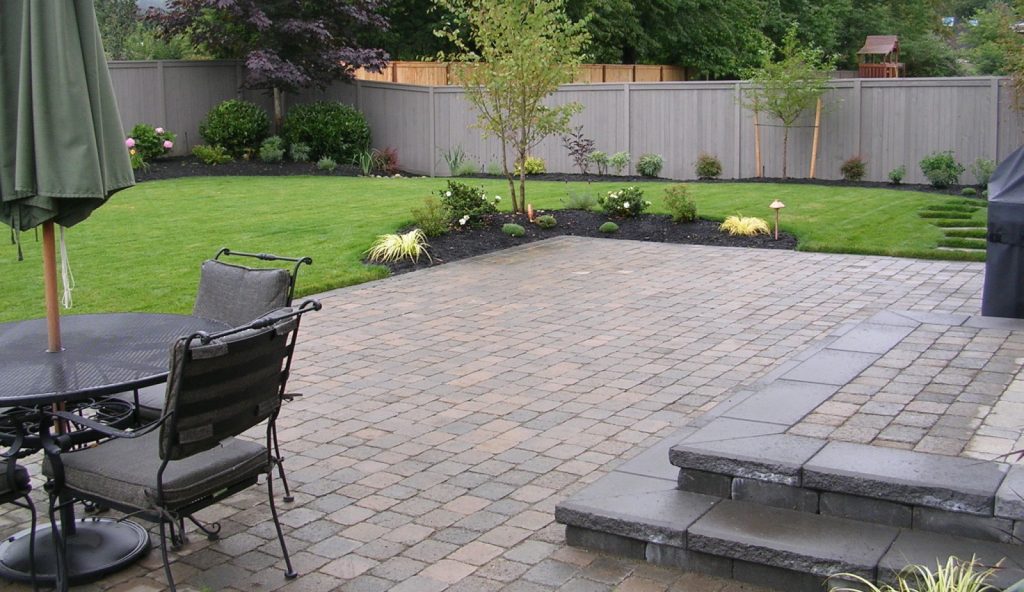Paving driveways and walkways are commitments to the material for decades to come. Cost differences matter, as do maintenance, longevity and aesthetics.
The appearance of concrete (typically a light color) and asphalt (it’s called “blacktop” in many regions for a reason) is what distinguishes the two types of paving surfaces – to the casual observer. But there are surprising similarities in composition, and widely divergent characteristics in their cost and maintenance requirements.
Smart homeowners need to consider the differences. Especially as they set out to find a reputable asphalt paving contractor as opposed to a concrete contractor. They may be the same contractor or they may not. As a rule of thumb, concrete can cost a bit more for installation, it requires less maintenance than asphalt, it can crack (which requires replacement), and it absorbs less heat with a lower tendency to create a heat island effect.
So it’s a mixed picture. To determine which is best for different applications, it helps first to understand what distinguishes the two. Both are primarily laid on a gravel base, which allows drainage and some flex underneath without altering the surface (important where there are freeze thaw cycles in particular). The key difference, in color and how they work, is that concrete is bound by cement, which is inflexible, while asphalt uses bitumen (derived from petroleum) as an emulsifier. Bitumen can revert to a more fluid state under heat.
What that translates to largely amounts to maintenance and longevity differences, as follows:
Maintenance. Asphalt should be resealed 6-12 months after first installation, and then every three to five years later. This not only prolongs the life of the driveway, but it also improves its appearance.
With concrete, there is no need to reseal it. Concrete may require cleaning if motor oil or other materials stain it. Concrete can also develop cracks, which cannot be repaired while asphalt cracks can be sealed.
Longevity. In general concrete lasts longer. That said, in colder climates the freeze-thaw cycles can be problematic for both. Potholes form when moisture enters the subsurface of asphalt and then freezes; this is largely preventable with early attention to fissures (cracks) with sealant material. Concrete is laid in slabs, and cracks are for the most part permanent. The “repair” often is a replacement of the damaged slab.
For a more stylized look, concrete offers many more options. It can be stamped with patterns, or stained, to mimic pavers or otherwise create a broad range of designer effects. Asphalt pavement can also have colored sealants, although those tend more to be used to delineate parking areas or for basketball and tennis court demarcations.
If the driveway runs along the south or west sides of a house and there is no shade, the homeowner should be aware a darker surface (asphalt) will hold heat longer into the night. That would likely affect air conditioning costs.
As for costs, the bitumen in asphalt rises and falls with raw petroleum prices. And even if that price is low, the property owner or manager should take into account the longer-term costs of maintenance (resealing) – suggesting that aesthetic and other considerations are perhaps more determinant factors in choosing between the two.

